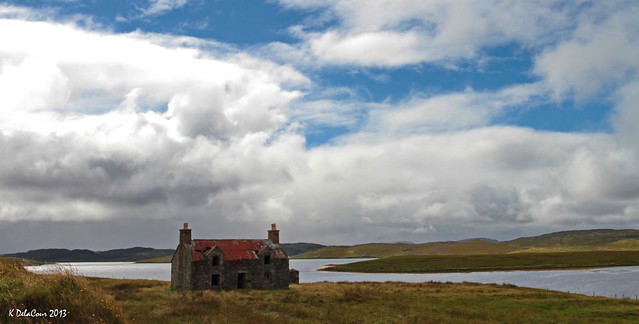 The Slow and Steady class have been enjoying Breton tunes lately and this tune is a nice contrast to the recent Gavotte Ton Double. In keeping with many Breton tunes, this one has no title other than An Dro, which simply translates as The Dance, in other words it is the principal dance form of Brittany.
The Slow and Steady class have been enjoying Breton tunes lately and this tune is a nice contrast to the recent Gavotte Ton Double. In keeping with many Breton tunes, this one has no title other than An Dro, which simply translates as The Dance, in other words it is the principal dance form of Brittany.
I found this tune in Dave Shepherd’s Breton Tune Book. There is a discussion of Breton tunes, their titles and a useful list of links on The Session web site.
Music and notation for this tune are up on the Resources page.
Update: Here’s a version of the recent Gavotte, played by Mulberry Bend, who are Susanna Carman & Karl Farren. This replaces the mistakenly placed previous clip, which was not the right tune at all. However, the set is from the playing of Kevin Burke and Mícheál Ó Domhnaill:
And here’s Breton band Barzaz, who arose in discussion. The flute player is Jean-Michel Veillon:
Photo: le musique adoecit les mars by Rachel, some rights reserved.

 Last night the Improvers and Beyond class learned Charlie O’Neill’s No.2, the third and final tune of a set comprising a strathspey and two Donegal highlands. The other tunes are Bidh Eoin and Charlie O’Neill’s No. 1.
Last night the Improvers and Beyond class learned Charlie O’Neill’s No.2, the third and final tune of a set comprising a strathspey and two Donegal highlands. The other tunes are Bidh Eoin and Charlie O’Neill’s No. 1. Last night the Slow and Steady class learned a Breton tune that I have since discovered is an untitled Ton Double Gavotte from the playing of fiddler Kevin Burke on his
Last night the Slow and Steady class learned a Breton tune that I have since discovered is an untitled Ton Double Gavotte from the playing of fiddler Kevin Burke on his 
 The Improvers class resumed this week with a lively piece of music from the Western Isles via Northern Ireland.
The Improvers class resumed this week with a lively piece of music from the Western Isles via Northern Ireland.